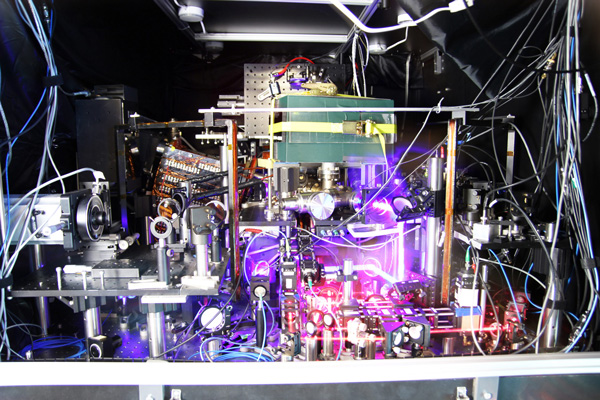Endohedral fullerenes: the world's costliest material that will change your life

Diamonds and platinum may be expensive, but they aren't a patch on the world's most expensive material - nitrogen atom-based endohedral fullerenes. Its price tag? Well, Designer Carbon Materials (DCM), a science-startup in the United Kingdom, just sold 200 micrograms (0.0002 of a gram) of it for a cool $33,400.
Scaling up, that works out to an eye-watering USD $167 million. Which means one gram of DCM's new material is enough to buy a mid-sized football club. 2 grams are worth as much as an Airbus A380, one of the world's most expensive planes, with change left over for a whole fleet of luxury cars.
Also read - Robots judging beauty pageants? Hello 2016!
The only material more expensive than endohedral fullerenes is antimatter, which isn't available commercially but is estimated by NASA to cost $61 trillion dollars, so don't expect to make money there.
Clearly, DCM, are in the right line of work, because endohedral fullerenes are a gold mine. Except that gold is a very, very poor man's endohedral fullerene.
The name gives away the hi-tech nature of the substance and endohedral fullerenes are exactly that. Why it's so insanely expensive - despite being discovered over 20 years ago - is because at present it takes weeks to produce just 50 milligrams of the stuff.
Luckily DCM, an Oxford University spinoff lab, along with two partner universities received 1.5 million pounds from the British Government to change that.
This sale is the culmination of that grant.
So they're worth a lot, but what exactly are they?

Fullerenes are one of carbon's many 'allotropes'. Their similarity in structure to the vertices of a football have earned them the nickname bucky balls. (The man who discovered them was called Buckminster Fuller.)
DCM's endohedral fullerenes are one such version of bucky balls, but consist of 60 carbon atoms, with an atom of nitrogen trapped within. As a result of their structure, the nitrogen-based endohedral fullerenes have an extra-long electron spin lifetime. Which probably means nothing to you, but its applications will revolutionise technology as we know it.
Why do we need it?

Right now, the folk who bought the endohedral fullerenes from DCM are trying to apply them to atomic clocks.
Atomic clocks are the most accurate timekeeping technology currently in existence. And they're pretty damn large, which at the moment limits their utility.
But if the fullerenes can be applied to make atomic clocks way, way smaller? Small enough to fit on a chip? A chip that could fit in your cellphone? There's all kinds of magic just waiting to happen then.
For starters, it would herald the start of the era of the self-driving car. How? By radically advancing GPS technology. Current GPS tech is accurate up to 1-5 metres.
A miniaturised atomic clock on a cellphone chip, however, could increase this accuracy to one millimetre.
The world's most expensive material costs 167,000,0000 million dollars, and it's going to revolutionise tech
Think carefully about that.
In the self-driving car world, this would mean vehicles that are near-flawless in decision-making.
This is just one potential use - the possible implication of fullerenes is so mindboggling even scientists will take a while to grasp them. And even those working on the technology admit it won't become a reality for another few years. However, the ability to create devices that are more accurate and that radically outperform existing technology is not far.
You have a while to learn how to say the words.
Also read - We can now edit genes in human embryos. Are we ready for custom babies?







![BJP's Kapil Mishra recreates Shankar Mahadevan’s ‘Breathless’ song to highlight Delhi pollution [WATCH] BJP's Kapil Mishra recreates Shankar Mahadevan’s ‘Breathless’ song to highlight Delhi pollution [WATCH]](https://images.catchnews.com/upload/2022/11/03/kapil-mishra_240884_300x172.png)

![Anupam Kher shares pictures of his toned body on 67th birthday [MUST SEE] Anupam Kher shares pictures of his toned body on 67th birthday [MUST SEE]](https://images.catchnews.com/upload/2022/03/07/Anupam_kher_231145_300x172.jpg)






